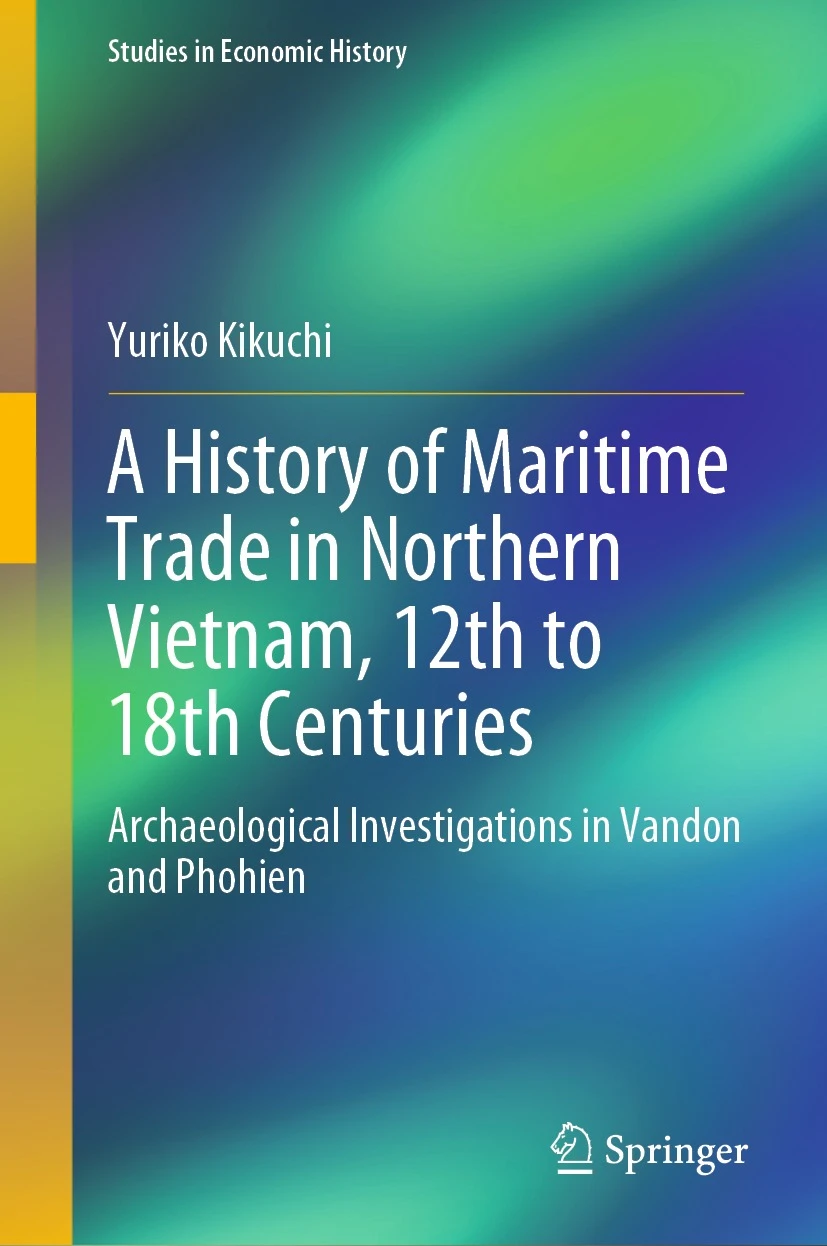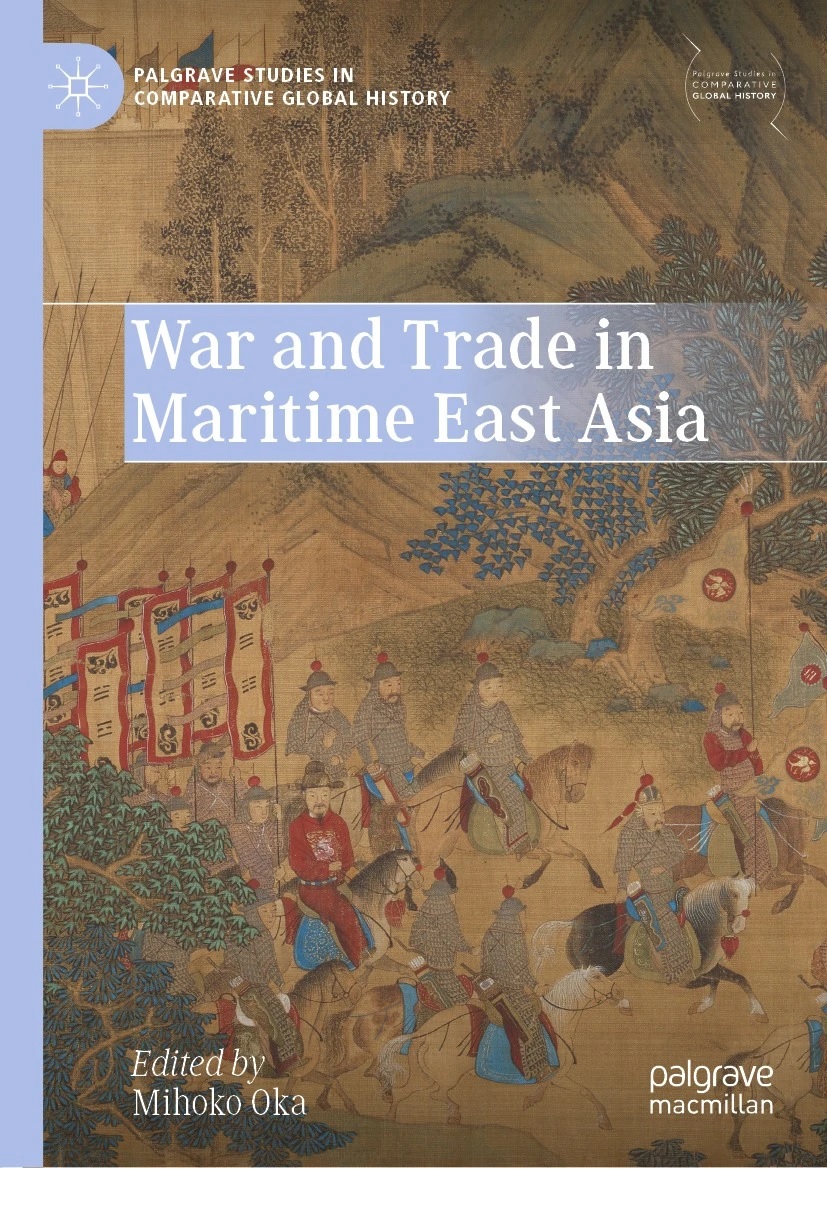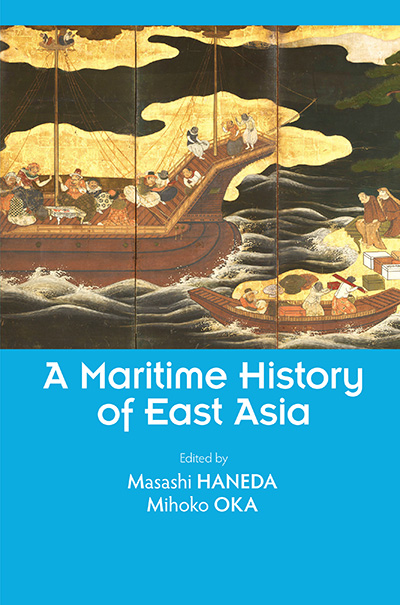
Title
Studies in Economic History A History of Maritime Trade in Northern Vietnam, 12th to 18th Centuries Archaeological Investigations in Vandon and Phohien
Size
289 pages, hardcover
Language
English
Released
October 22, 2021
ISBN
978-981-16-4632-4
Published by
Springer Singapore
Book Info
See Book Availability at Library
A History of Maritime Trade in Northern Vietnam, 12th to 18th Centuries
Japanese Page
For more than twenty years I have been conducting archaeological investigations at the sites of ports in northern Vietnam (Đại Việt), and as well as bringing the results of my research together in a doctoral thesis, I have also published in Japanese a monograph titled An Archaeological Study of Trading Ports in Northern Vietnam: With a Focus on Vân Đồn and Phố Hiến (Yūzankaku). The present book is an English translation of this book.
East Asia, Southeast Asia, and the South China Sea, which is surrounded by the countries of these regions, produced trade goods for East-West trade and formed an important trading sphere as the eastern end of the so-called “Silk Road of the Sea.” In particular, ports were established along coastal Vietnam, lying on the east coast of the Indochina Peninsula, and commodities such as spices, aromatic wood, silk, ceramics, and copper coins were transported to other ports in maritime Asia. At the sites of these ports and in underwater sites shards of ceramics that had been damaged during long voyages and discarded have survived down to the present day without decaying.
Trading ports were distribution nodes that connected both domestic and overseas production areas and consumption areas, and they were also distribution hubs from which goods brought from overseas were sent to other countries. Therefore, it has been firmly established in past research that ceramics unearthed at the sites of trading ports, especially the trade ceramics of China, Japan, Thailand, and Vietnam, are extremely informative when considering the history of trade in maritime Asia. This is an archaeological research topic of which much is expected in the field of historical research.
The first half of this book deals with Vietnamese ceramics, the main subject of this book, and describes the artifacts produced during each dynasty from the Lý dynasty (11th to 13th centuries) to the Lê dynasty (15th to 18th centuries). The Trần dynasty (13th to 14th centuries) of Đại Việt began producing blue-and-white porcelain not long after the Yuan dynasty of China, and during the Lê dynasty this porcelain was taken as far as Egypt via East-West trading routes. Next, I report on the results of excavations conducted at Vân Đồn (Vandon), the site of a port established by Đại Việt, and Phố Hiến (Phohien), the site of a port with a Chinatown, and I examine the history of their vicissitudes as ports on the basis of aspects of the Vietnamese, Chinese, and Japanese ceramics unearthed at these sites.
The second half of this book deals with trade ceramics and copper coins unearthed not only in Vietnam but also at the sites of consumption areas in Japan and Southeast Asia, and by linking these to production, distribution, and eventual consumption I discuss how the ports of Đại Việt served as places where merchants from other countries met to do business and places for entrepôt trade within the trade networks of maritime Asia. With regard to Đại Việt’s ceramic exports and overseas trade policies, I also examine changes during each dynasty.
This book reconsiders the stages of production, distribution, and consumption, which have until now been studied separately in the case of Vietnam, within the framework of global history. It is an archaeological study that interconnects goods that moved about maritime Asia through ports and explores details of Đại Việt’s trade, and it is indicative of the point reached by historical archaeology regarding research on maritime trade, which has until now been reconstructed primarily on the basis of documentary sources.
(Written by KIKUCHI Yuriko, Assistant Professor, Institute for Advanced Studies on Asia / 2022)
Table of Contents
Acknowledgments
Contents
About the Author
1 Introduction
2 Ceramic Production in Ðai Viet
3 Archaeological Investigations in the Van Ðon Region
4 Archaeological Investigation of Pho Hien
5 Trade from the Ly to Tran Dynasties
6 Trade of the Le Dynasty Early Period
7 Trade of the Le Dynasty Warlord Period
8 Conclusion
Bibliography
Index
Related Info
Review by Georgi Asatryan and Jack Kalpakian (International Journal of Maritime History, Vol. 35 (1), 2023)
Review by Lien Thi Le (Journal of Maritime Archaeology 21 Dec. 2022)
https://link.springer.com/article/10.1007/s11457-022-09347-y



 Find a book
Find a book



